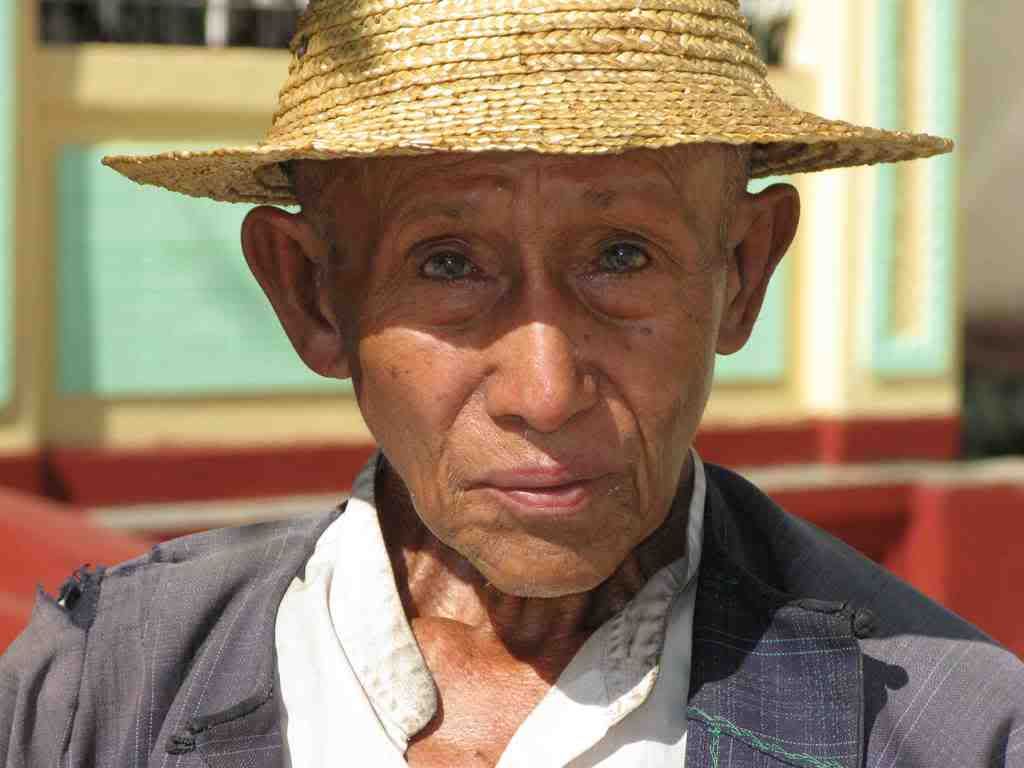 We haven't been hearing much about Myanmar recently. Its tragedy has been replaced by other – more recent – news: the electoral sham in Zimbabwe, China's preparation for the 2008 Olympics, world food shortages, and escalating petroleum prices.
We haven't been hearing much about Myanmar recently. Its tragedy has been replaced by other – more recent – news: the electoral sham in Zimbabwe, China's preparation for the 2008 Olympics, world food shortages, and escalating petroleum prices.But lack of media attention doesn't equate to an absence of news – or mean that Myanmar's problems have disappeared in some magical way. The status quo is still very much in place.
The difficulties encountered by the United Nations, international aid organizations, and foreign governments who wanted to assist survivors of Cyclone Nargis have been reported in great detail. The military junta, which rules Myanmar, first denied needing outside help, then welcomed foreign aid supplies, but insisted on distributing the aid itself.
In spite of predictions of a public health disaster – published elsewhere as well as on this blog – major outbreaks of dysentery and cholera appear to have been averted. Or, any spike in illnesses following the Cyclone might have been masked by the normal level of diarrheal disease in that region.
But some of the credit for staving off sickness and starvation must go to the citizens of Myanmar who banded together – in the face of government disapproval and obstruction – to assemble and deliver aid to their compatriots in the Ayeyarwaddy Delta. These volunteers returned from their visits to the Delta with tales of homeless storm victims, rotten rice, and confiscated aid supplies.
The Myanmar government has denied all of the reports of mismanagement and malfeasance that have emanated from the cyclone-stricken area, saying in one article that "...the rumours are invented and spread by certain Western countries with negative attitude towards our country."
This statement, however, is belied by eyewitness reports from aid workers and others who have visited the Ayeyarwaddy Delta and seen the misery that remains. I have been corresponding with one such eyewitness, whom I shall call "U" – a Myanmar honorific, which is roughly equivalent to the Japanese "San".
U recently returned from a three-week visit to Myanmar. He has consented to sharing his observations with eFoodAlert readers. His report is dated 6/12/2008. I have deleted all references that might identify him or his family, some of whom still live in Myanmar. My deletions are shown in red.
On May 2, 2008, Cyclone Nargis hit Burma, first attacking the southern part of Irrawaddy Division, then passing through Rangoon (Yangon) and the delta areas. In its wake, the cyclone left 133,000 people dead or missing. According to the United Nations, 2.4 million people required emergency aid, but five weeks after the storm, there are still one million people who have yet to receive any help at all.
Fortunately for me, I was living in [deleted], working for [deleted]. My family in Rangoon was not so fortunate, and they had to endure several hours of intense rain and wind as the storm made its way across Burma. As it was, I was out of [deleted] at a conference, and I wasn’t even aware that a cyclone had hit Burma until the morning of May 4th, when I received many phone calls from my friends in the United States, all enquiring about my family. I was shocked to hear the news and it took me a while to absorb the fact that my family could be in danger.
Even in normal times, communications between the U.S. and Burma can be difficult, with email and telephone calls not easy to get through. This time, it took two days, until May 6th, with the help of the [deleted] Embassy and the [deleted] Embassy in Rangoon, I finally received the news that my family had survived and our house suffered only minor damage to the roof, but it had been quickly repaired. While many were equally fortunate, a great number more suffered far worse conditions and had nothing left but the clothes on their backs. Some did not even have that: the storm blew them off while they clung to trees for survival as the cyclone tore away their homes and their families.
This completes the introductory part of U's report. Please watch for the balance of the report, which will appear tomorrow.





No comments:
Post a Comment
Note: Only a member of this blog may post a comment.